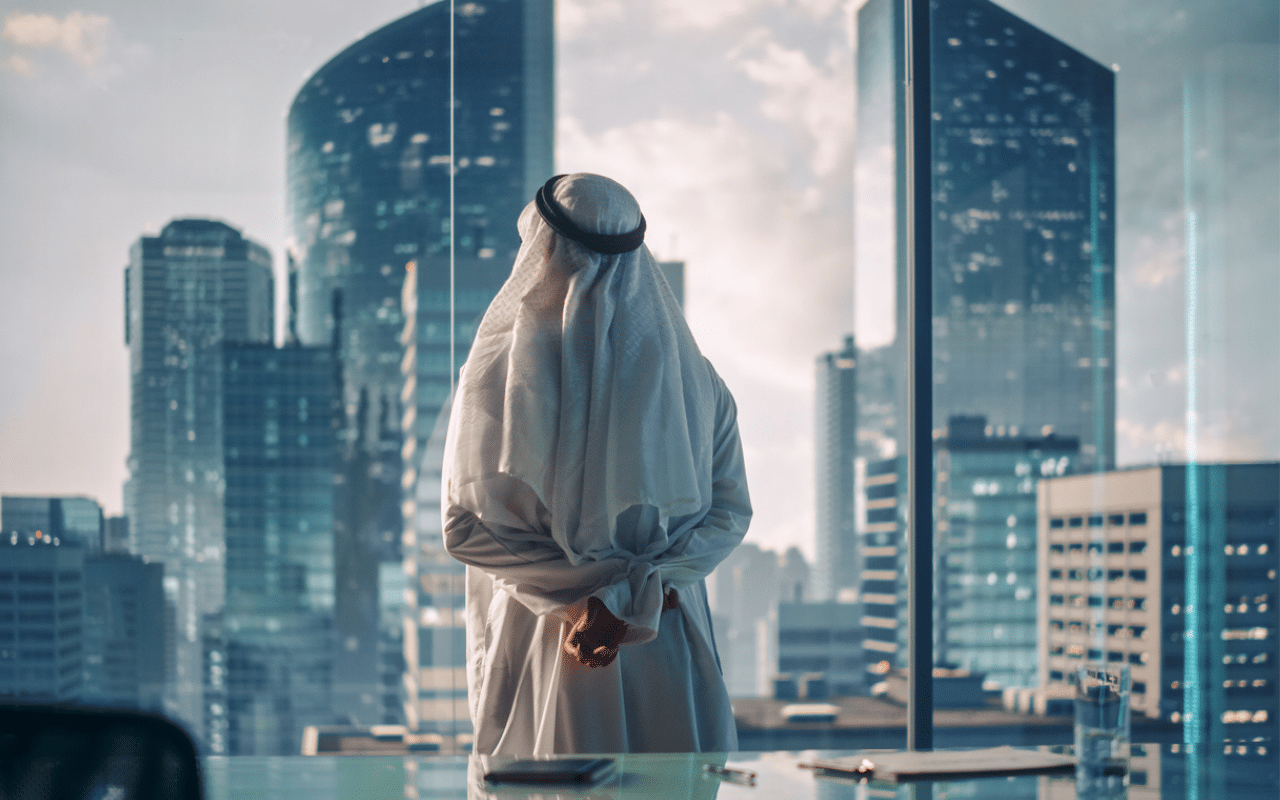weatherontheair.com – The Saudi Vision 2030 is a comprehensive plan aimed at transforming the Kingdom of Saudi Arabia into a thriving economy that is less dependent on oil. Launched in April 2016 by Crown Prince Mohammed bin Salman, this ambitious initiative outlines a series of economic, social, and cultural reforms designed to diversify the nation’s revenue streams, enhance its competitiveness, and improve the quality of life for its citizens.
Economic Diversification
At the heart of Vision 2030 is the goal to reduce the kingdom’s reliance on oil, which currently accounts for about 50% of its GDP, 70% of export earnings, and 87% of budget revenues . To achieve this, the plan focuses on developing non-oil sectors such as mining, renewables, tourism, entertainment, and manufacturing. For instance, the Public Investment Fund (PIF) has been tasked with investing in various sectors to stimulate economic growth and create jobs.
Investment in Infrastructure and Technology
A key component of Vision 2030 is the investment in infrastructure and technology. The kingdom is spending billions of dollars on projects such as Neom, a planned smart city that will be powered by renewable energy and utilize cutting-edge technologies. Additionally, there is a push to improve the digital infrastructure, making Saudi Arabia a regional hub for technology and innovation.
Social and Cultural Reforms
Vision 2030 also encompasses significant social and cultural reforms aimed at modernizing Saudi society. These include granting women more rights, such as the ability to drive and increased participation in the workforce. There is also a focus on improving public services, enhancing the quality of education and healthcare, and promoting a more inclusive society.
Tourism and Entertainment
To diversify the economy, Saudi Arabia is opening up to international tourism and developing its entertainment sector. The kingdom has launched several mega-projects, including the Red Sea Project, a luxury tourist destination, and Qiddiya, a new entertainment city. These initiatives aim to attract foreign visitors and create new revenue streams.
Challenges and Criticisms
While Vision 2030 is ambitious, it faces several challenges. The economic diversification efforts require significant investment and time to yield returns, and there are concerns about the sustainability of some projects. Additionally, the social reforms have met with resistance from conservative elements within Saudi society.
Conclusion
The Saudi Vision 2030 represents a bold attempt to redefine the kingdom’s future beyond oil. By focusing on economic diversification, investment in infrastructure and technology, social and cultural reforms, and the development of new industries, Saudi Arabia aims to create a more resilient and dynamic economy. While challenges remain, the progress made thus far indicates that Vision 2030 is a step in the right direction towards a more prosperous and inclusive future for the kingdom.
